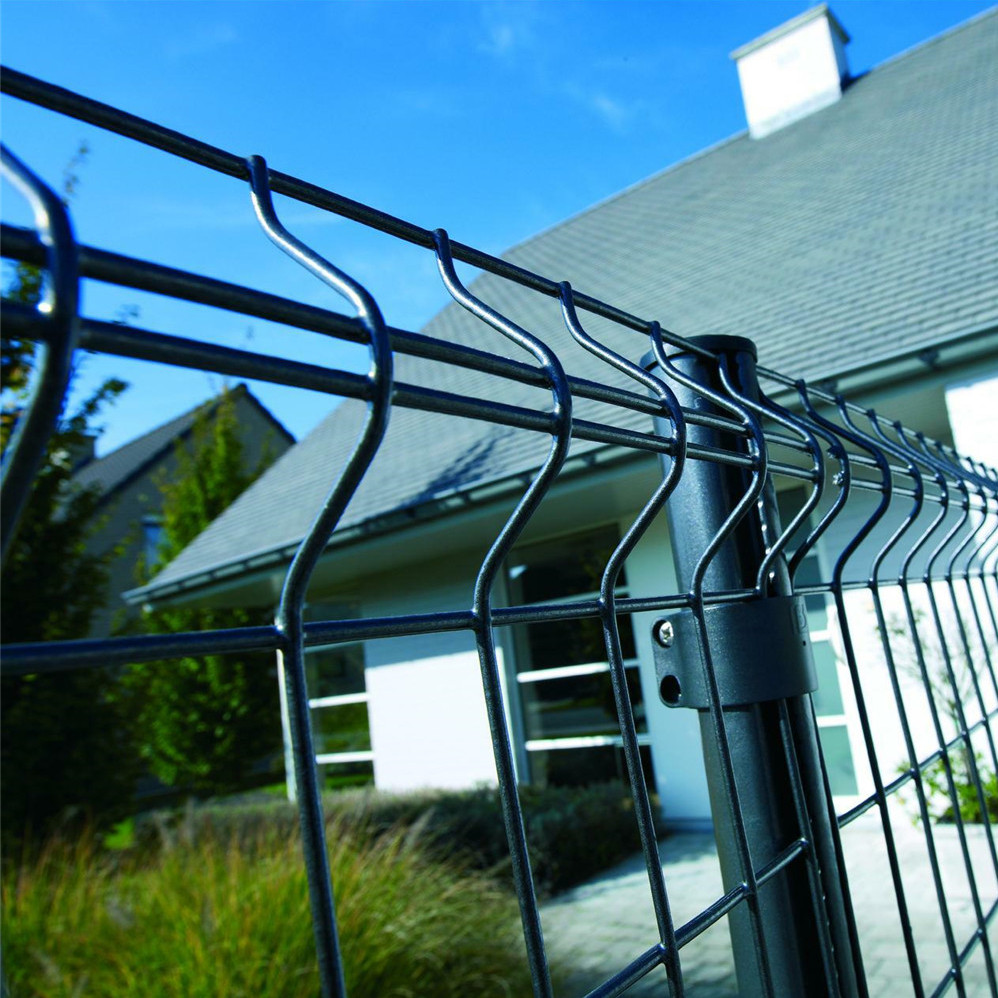Dec . 05, 2024 16:45 Back to list
Guidelines for Installing Gabion Boxes Efficiently and Effectively
The Installation Process of Gabion Boxes A Comprehensive Guide
Gabion boxes have become an increasingly popular solution for various civil engineering, landscaping, and erosion control projects. These structures are made from wire mesh and are filled with stones or other materials to create strong, durable barriers that can withstand environmental challenges. The installation of gabion boxes may seem straightforward, but it requires careful planning and execution to ensure the success of the project. In this article, we will delve into the installation process of gabion boxes, highlighting key steps and tips for optimal results.
Understanding Gabion Boxes
Before delving into installation, it is essential to understand what gabion boxes are and their applications. Gabion boxes are typically rectangular baskets made of steel wire mesh. They are filled with various materials, often natural stones, to create a robust structure. Common uses for gabion boxes include river bank stabilization, retaining walls, noise barriers, and decorative landscaping features. Their permeability allows water to flow through while still providing support, making them an excellent choice for erosion control and drainage applications.
Pre-Installation Planning
1. Site Assessment Prior to installation, conduct a thorough assessment of the site. Evaluate the soil conditions, drainage patterns, and potential environmental impacts. This assessment will help determine the number and size of gabion boxes required for your project.
2. Design Considerations Based on the site assessment, create a design plan. This plan should include the dimensions, preferred materials for filling, and the layout of the gabion boxes. Consider consulting with a civil engineer for complex projects to ensure structural integrity.
3. Permits and Regulations Check local regulations regarding the installation of gabion boxes. Some areas may require permits or have specific guidelines for construction, especially when working near bodies of water or protected lands.
Installation Steps
1. Prepare the Site Clear the installation area of vegetation, debris, and any obstacles. Level the ground where the gabion boxes will be placed to ensure stability and prevent shifting after installation.
gabion box installation exporter

2. Foundation Construction It is advisable to create a solid foundation for the gabion boxes, especially in areas with loose soil. A gravel base or concrete pad can provide the necessary support and drainage. Ensure that the foundation is adequately compacted.
3. Assemble Gabion Boxes Depending on the design, gabion boxes may come in pre-fabricated units that can be assembled on-site. Follow the manufacturer’s instructions for assembly, ensuring that all joints are securely fastened. Avoid cutting corners during this step, as the integrity of the boxes will depend on proper construction.
4. Filling the Gabion Boxes Once assembled, start filling the gabion boxes with the chosen material. Use stones or other durable substances that meet the specifications outlined in your design plan. Aim for uniform stacking to maintain stability. It is important to fill the boxes tightly to minimize movement and settling.
5. Securing the Top After filling, secure the top of each gabion box with a lid or additional mesh. This secures the filling material and prevents it from spilling out over time. Properly securing the top is crucial in maintaining the aesthetics and functionality of the structure.
6. Compact and Finish Finally, compact the fill materials and clean the surrounding area. If desired, topsoil can be added around the base for landscaping purposes, promoting vegetation growth and enhancing the structure’s natural appearance.
Maintenance and Longevity
While gabion boxes are designed to be durable, regular inspections are essential to ensure their longevity. Check for any signs of erosion, shifting, or damage in the wire mesh. Periodic maintenance may include adjusting the fill materials or addressing any drainage issues.
Conclusion
The installation of gabion boxes is a resilient and environmentally friendly solution for various applications. By following proper planning and installation techniques, these structures can provide long-lasting support and enhance the natural landscape. Whether hired professionals or DIY enthusiasts, understanding the installation process is crucial for achieving successful results. Embrace the versatility of gabion boxes and create strong, functional solutions for your projects.
-
High Quality 9 Gauge Expanded Metal Mesh & Chain Link Wire Mesh Fence Manufacturer
NewsJun.10,2025
-
Barbed Wire Roll Price - Wholesale Exporters & Reliable Factories Supply
NewsJun.10,2025
-
High-Quality Temporary Mesh Fence Panels for Sale Durable Temporary Fence Panels Supplier
NewsJun.10,2025
-
Welded Wire Fence Mesh Exporters Custom Sizes & Competitive Pricing
NewsJun.10,2025
-
Durable China Expanded Metal Security Mesh High-Security & Affordable
NewsJun.10,2025
-
White Expanded Metal Mesh Durable for Temp Fencing & Plaster
NewsJun.10,2025



